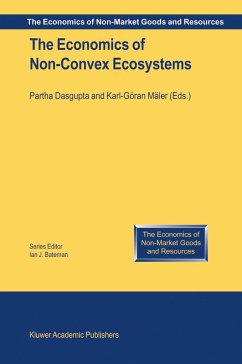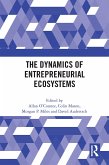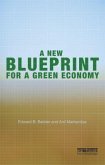Economists all too often assume that ecosystem and population dynamics are subject to convex (even linear) processes. However, research by ecosystem and population ecologists has shown that the processes in question are very often non-convex. This has important implications for environmental and resource economics. Typically, a system under study or being managed would contain multiple basins of attraction. So the system would flip from one basin to another if a "threshold" (mathematically, a bifurcation) were crossed. Furthermore, the flip could be irreversible. But even if it were reversible, the system could well display hysteresis. The latter eventuality means that in order to entice the system to return to its original basin of attraction, a different and possibly costly path has to be traced. A mistake in management may then be a lot more costly than envisaged. An example would be a possible flip of the Gulf Stream owing to fresh water intrusion from melting glaciers duringglobal warming.








